
Currently a postdoc at ICTP 🇺🇳 working on information processing and decision making in biological systems - previously at EPFL🇨🇭and UniPD 🇮🇹
🔗 giorgionicoletti.github.io
8/9

8/9
6/9

6/9
5/9

5/9
3/9

3/9
2/9
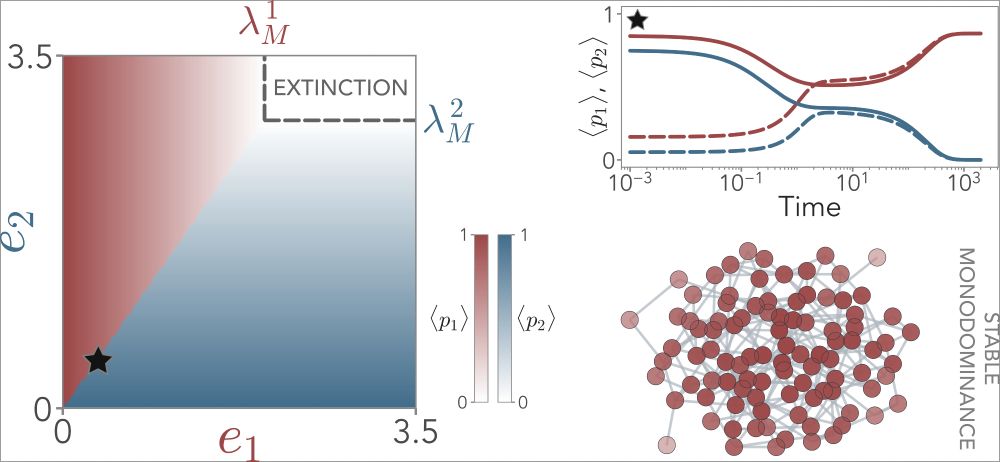
2/9
1/9
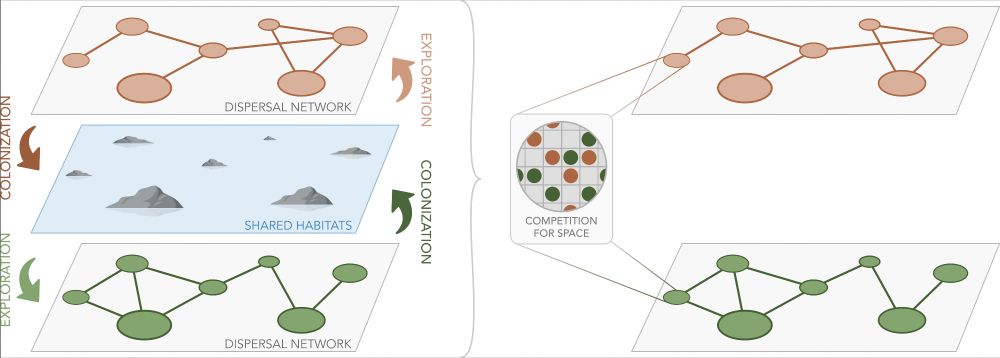
1/9
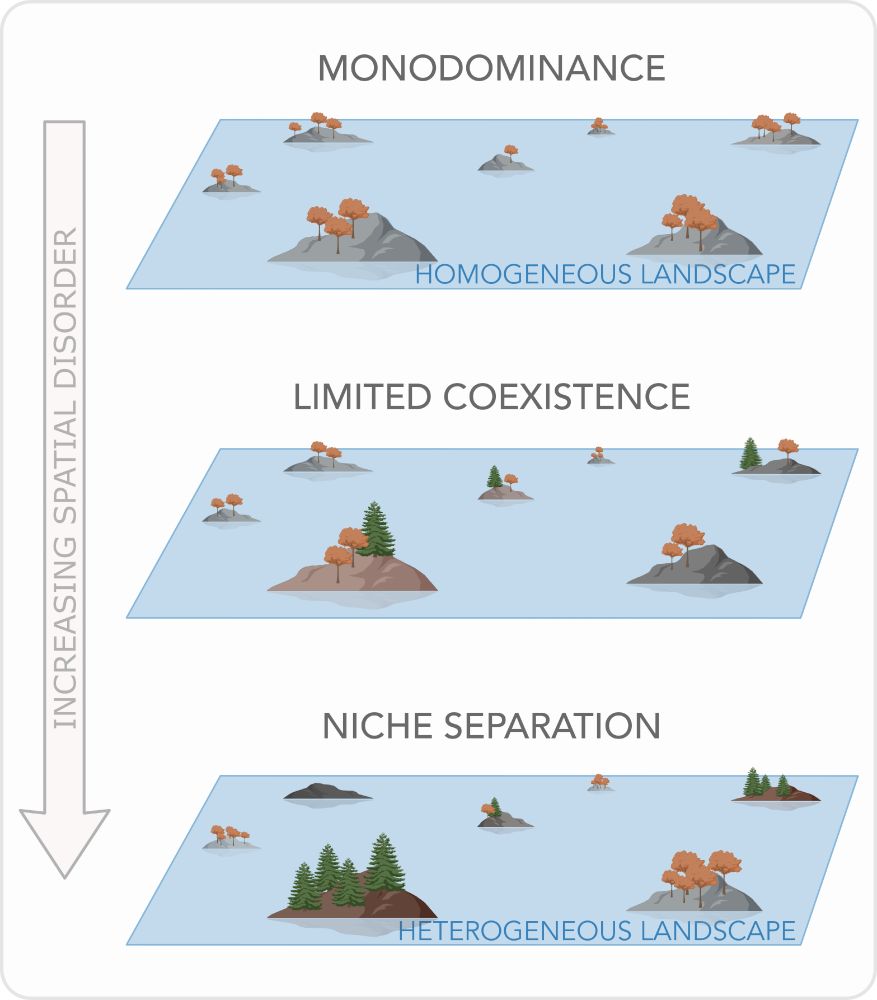
9/9
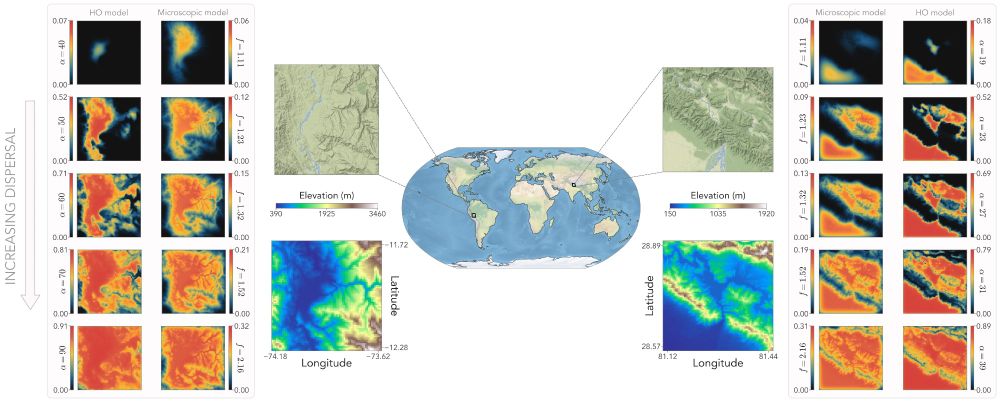
9/9
7/9
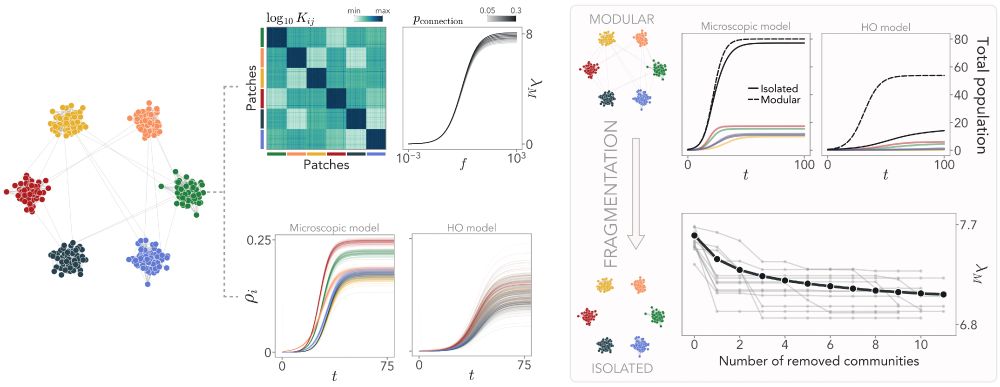
7/9
6/9
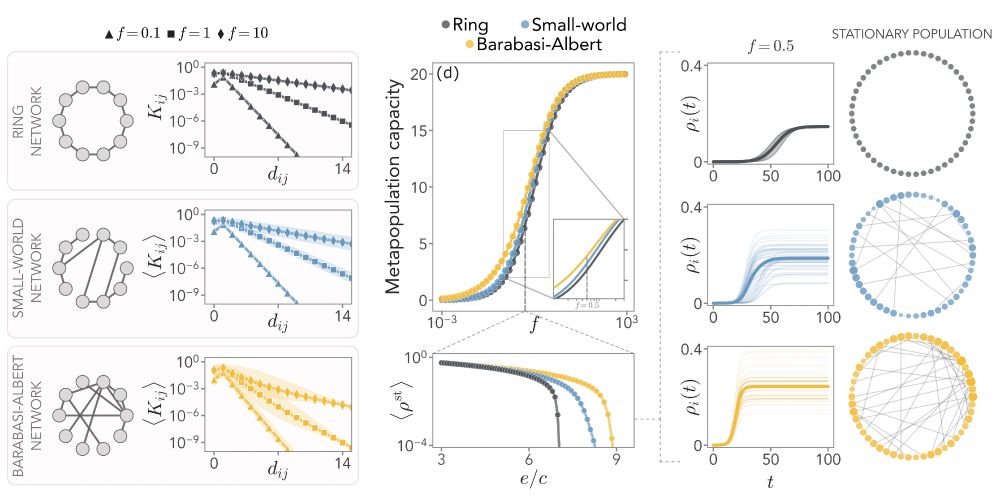
6/9
5/9
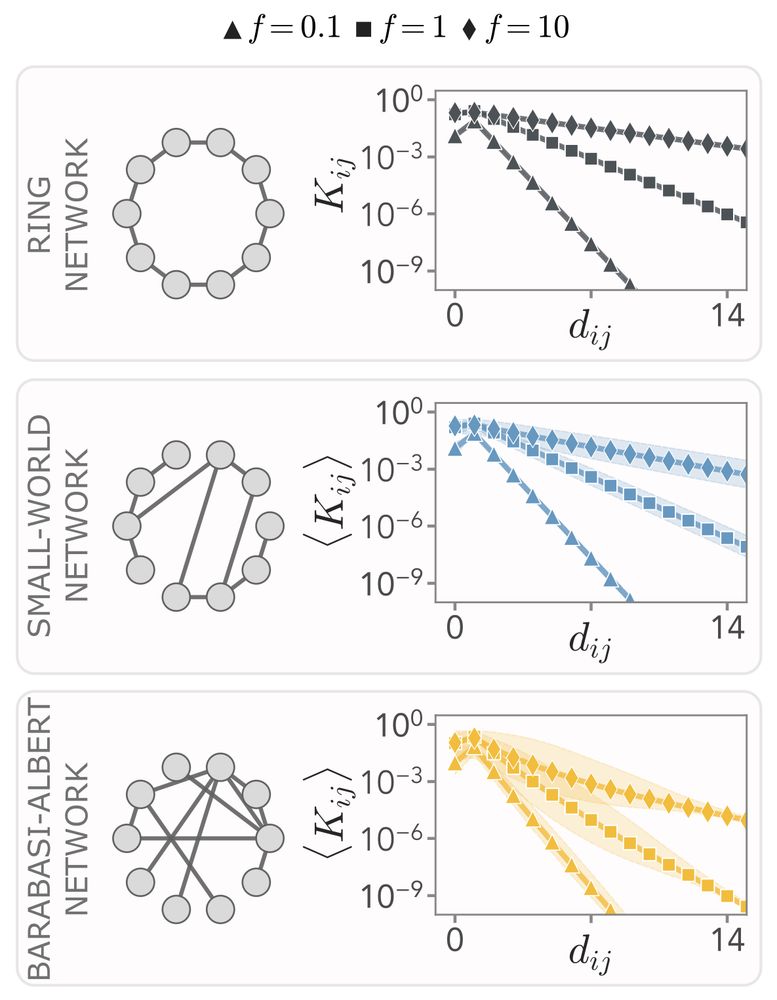
5/9
3/9
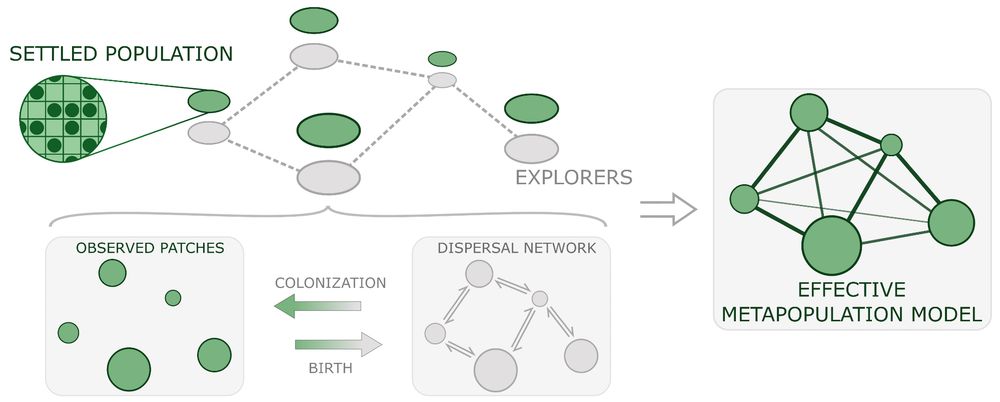
3/9
👉 a local settled population on nodes
👉 explorers moving around and colonizing empty sites
2/9
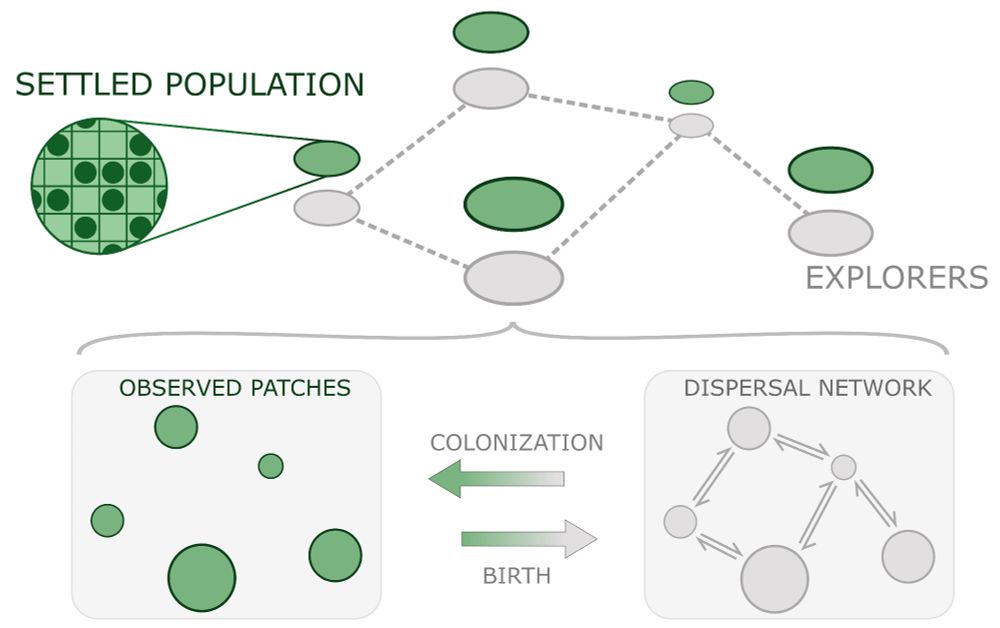
👉 a local settled population on nodes
👉 explorers moving around and colonizing empty sites
2/9

